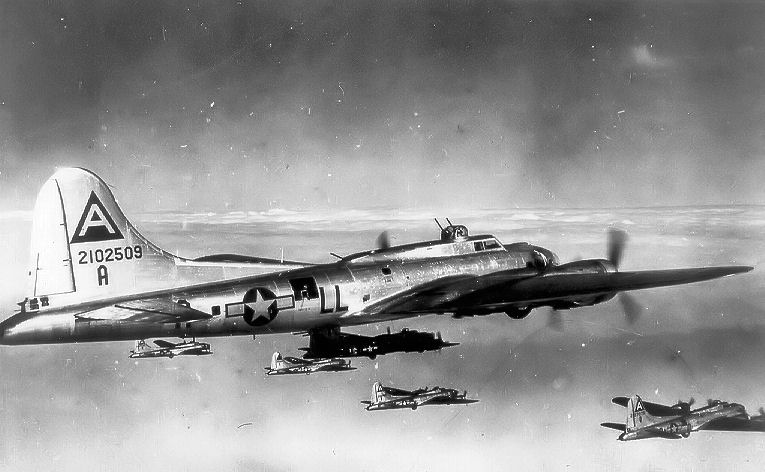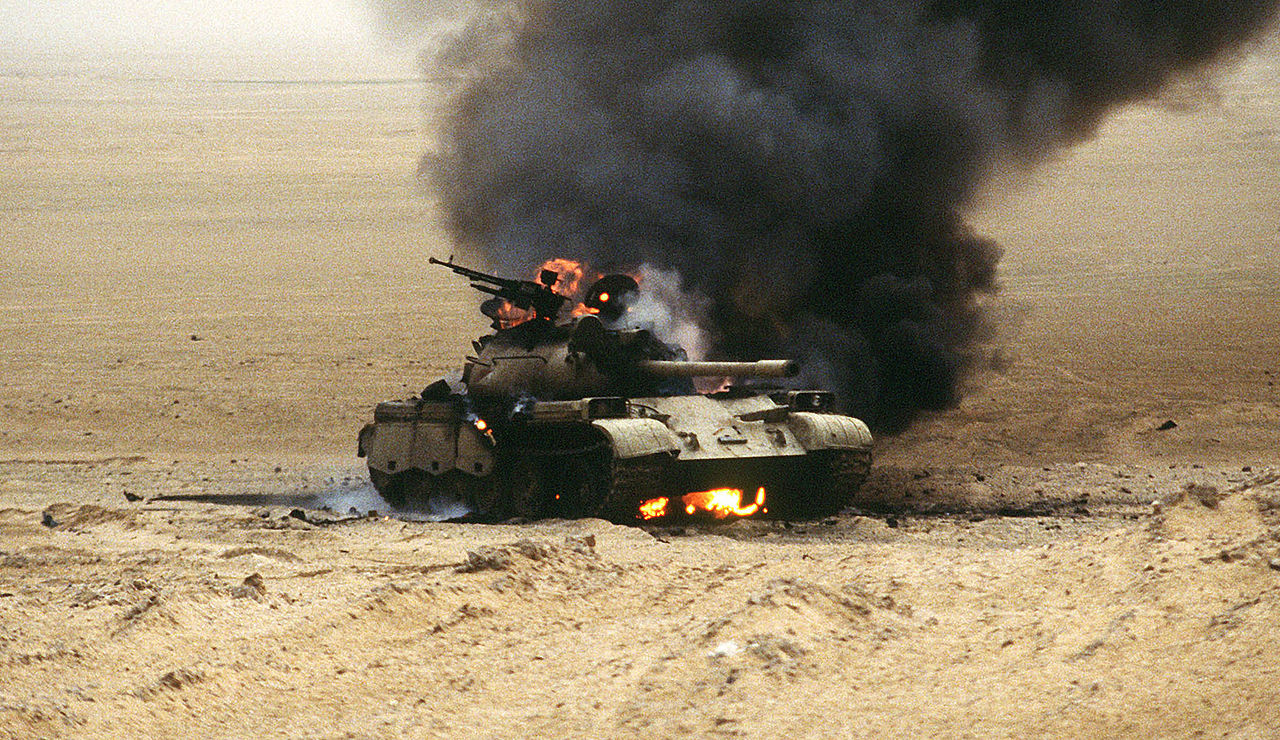January 29 in U.S. military history
1863: Following a series of clashes between white settlers and the Shoshone Indians, Col. Patrick E. Connor’s 3rd California Volunteer Infantry Regiment attacks a Shoshone encampment in Washington Territory (present day Utah-Idaho border). Hundreds of Shoshone and 21 Union soldiers are killed in the Battle (or massacre) of Bear River.
1943: As Task Force 18 brings American replacement troops to Guadalcanal, Japanese land-based torpedo bombers attack the flotilla, sinking the heavy cruiser USS Chicago (CA-29) and damaging a destroyer. The American warships withdraw after the Battle of Rennell Island – the last major naval engagement of the Guadalcanal campaign – opening the door for the Japanese evacuation of Guadalcanal.
1944: Maj. Gen. James H. “Jimmy” Doolittle’s Eighth Air Force bombers and escorts take off from fields across England for their largest bombing mission of the war to that point. Over 800 B-17s and B-24s target the German cities of Frankfurt and Ludwigshaven. 29 heavy bombers are lost and another five are shot up badly enough to be scrapped after limping back across the channel. 22 American airmen are killed and 299 are listed as missing in action, but the gunners and P-38 Lightning, P-47 Thunderbolt, and P-51 Mustang escort pilots claim over 150 German warplanes and damage dozens more.

1945: As crews load depth charges onto the cargo ship USS Serpens (AK-97) at port in Guadalcanal, an explosion obliterates most of Serpens, killing 196 Coast Guardsmen and 58 soldiers.
1991: (Featured image) Hoping to lure the U.S.-led Coalition into a major land battle, three divisions of Iraqi soldiers invade Saudi Arabia. After a brief clash with American reconnaissance troops manning observation posts along the Saudi-Kuwaiti border, the Iraqis take the port city of Khafji.
Gen. Norman Schwarzkopf decides that Arab forces will retake the captured Saudi town and over the next three days U.S. aircraft, artillery, Special Forces, and Marine Reconnaissance troops support the Saudi and Qatari military as they expel the Iraqi forces. An enemy surface-to-air missile clams an AC-130 gunship, while on the ground, 29 Americans are killed and two captured over the course of the Battle of Khafji — the first ground engagement of Operation Desert Storm.
2002: During his State of the Union address, President George W. Bush names Iran, Iraq, and North Korea as the “Axis of Evil,” claiming the three nations are state supporters of terrorism and either are actively pursuing or seek to obtain weapons of mass destruction.
Today’s post is in honor of Pfc. Scott A. Schroeder, who was one of several Marines killed on this day in 1991 during the Battle of Khafji (see below.) The 19-year-old from Wauwatosa, Wisc. was assigned to the 3rd Light Armored Infantry Battalion.
